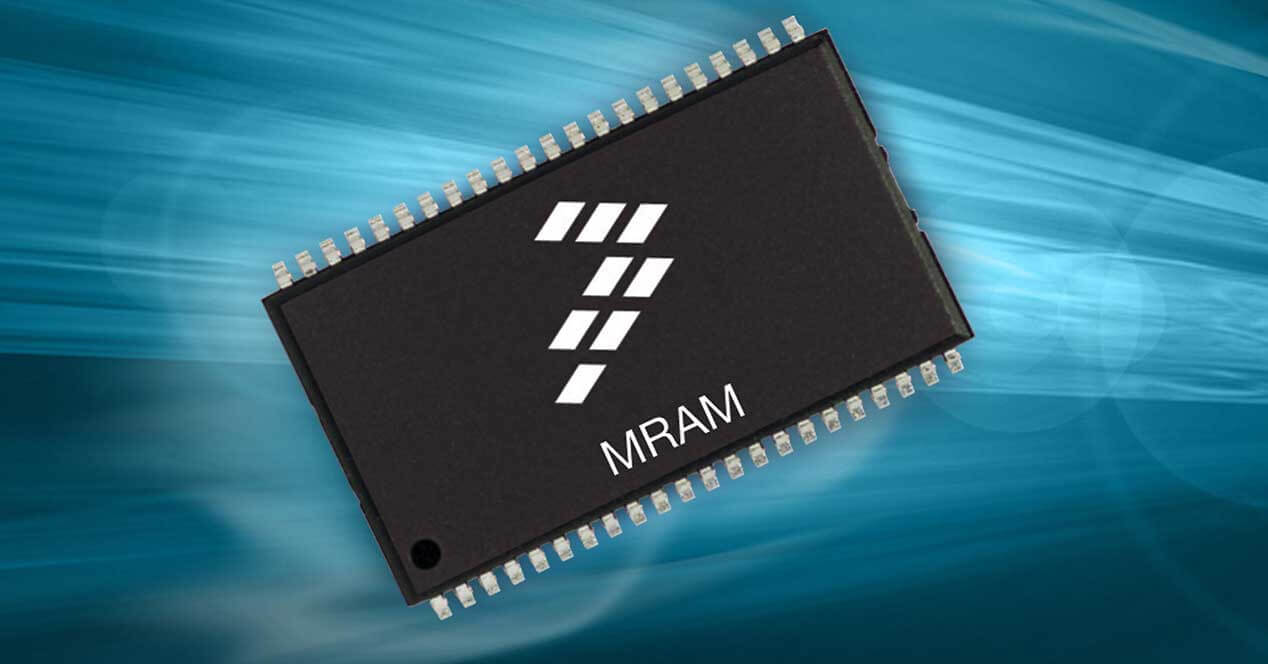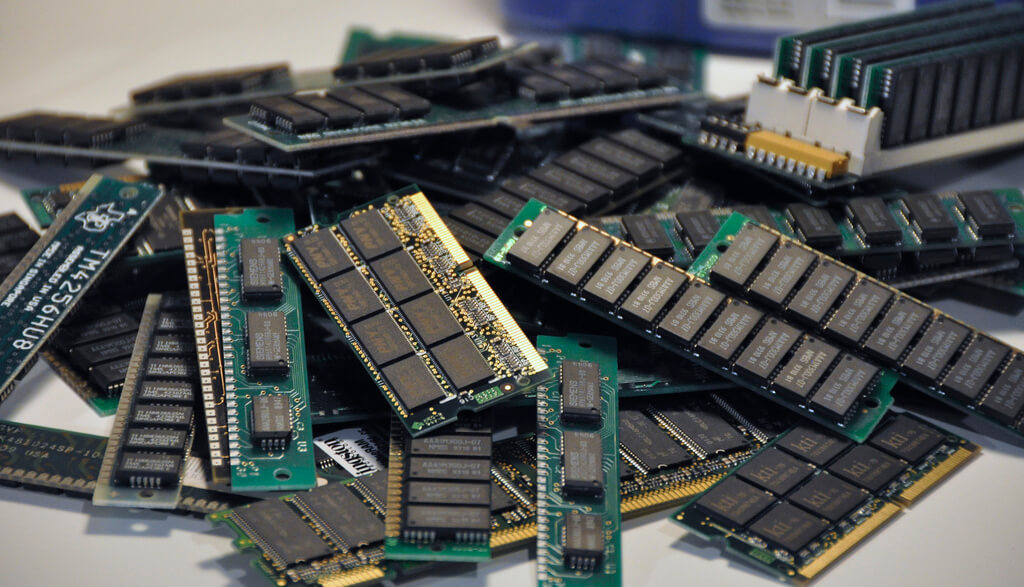Modern encryption relies upon the fact that certain mathematical operations are inherently difficult to undo with an inverse action. Current generation hardware typically has a set of inputs and a set of outputs to handle the computation required by encryption algorithms. Importantly, there is no way to reverse the actions performed in hardware without major efforts and a lot of time.
Now imagine if there were hardware that could actually run in reverse. It would be almost trivial to obtain the original input. Engineers from Purdue University and University of California at Berkeley have taken us one step closer to this possibility. With the help of simulations, circuits have been designed to have an adjustable degree of randomness. The device has been named a p-bit to note the controlled probability of the output.
Several common problems in computer science have been solved using methods based on probability such as the traveling salesman problem. P-bits can be combined to build logic gates and arithmetic circuits capable of performing inverse operations. Circuits that act as adders can be made to perform subtractions while multiplier circuits can factor out products.

Pushing a stream of random bits into the output of a logic gate will cause the inputs of the gate to reveal what inputs would produce the output presented. With enough combinations fed through a circuit in reverse, the original input data can be found exponentially faster than traditional brute force methods.
Unfortunately for the engineers working on the project, p-bits are not a commercially available component that can be dropped into a circuit. In fact, they did not exist at all. As with any prestigious research effort, the team found a way to work with the resources available to design a functional p-bit. Attaching a magnetic RAM cell to a transistor turned out to work. Luckily, TSMC and GlobalFoundries are now both offering MRAM for sale.
Professor Supriyo Datta of Purdue University will lead the team to continue research efforts on building circuits capable of reverse computing. At this time, the group of engineers is attempting to gain access to a foundry able to build MRAM with custom specifications.
